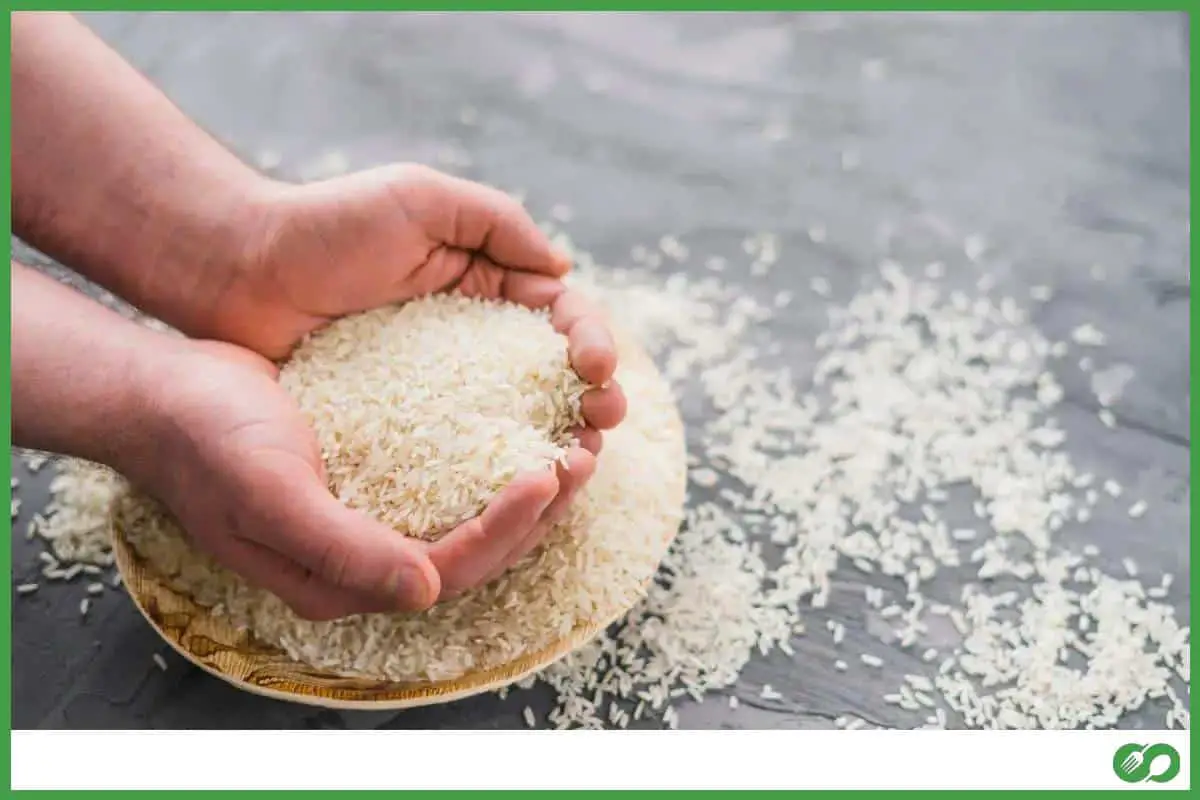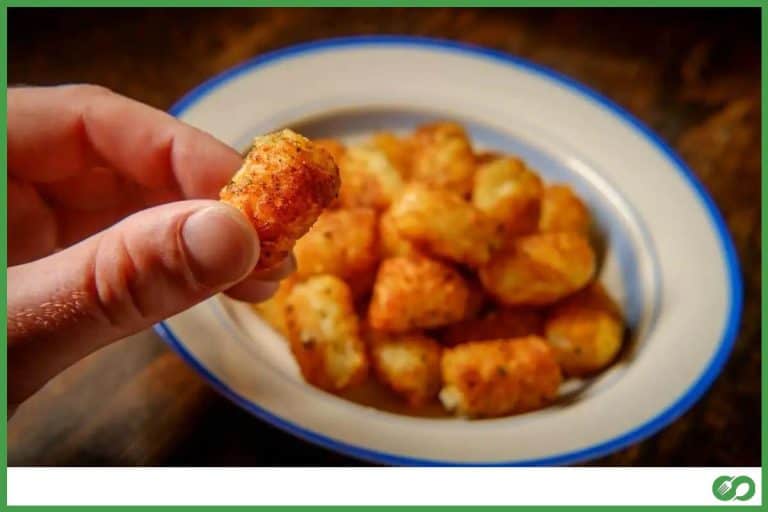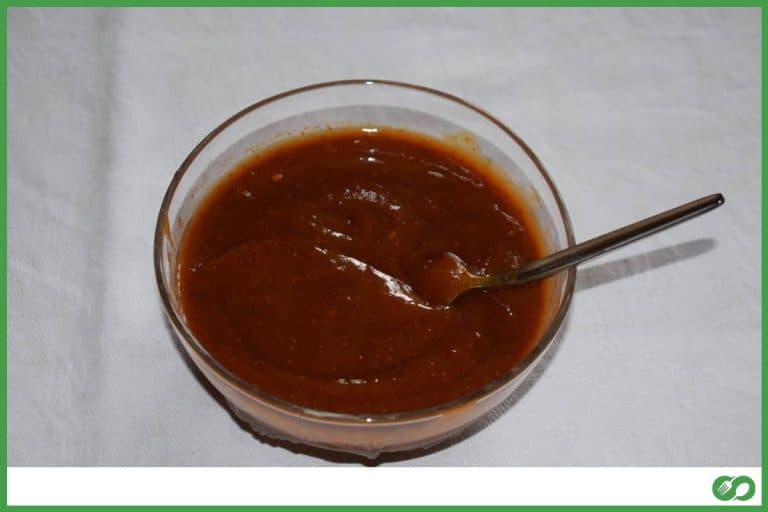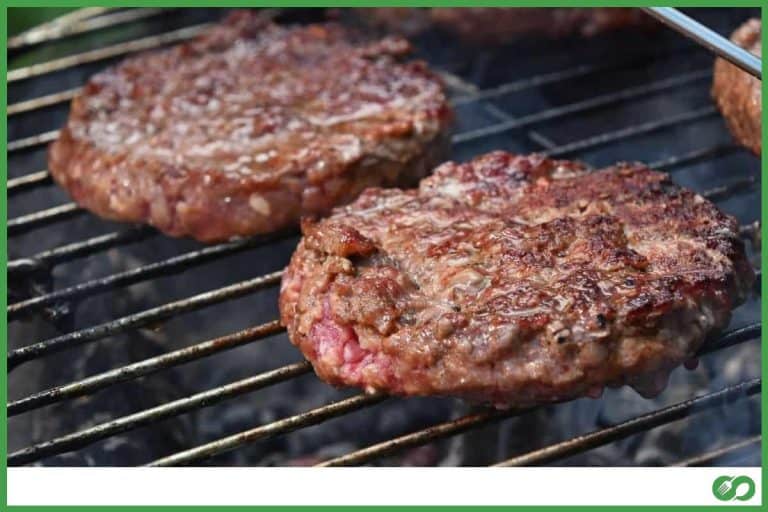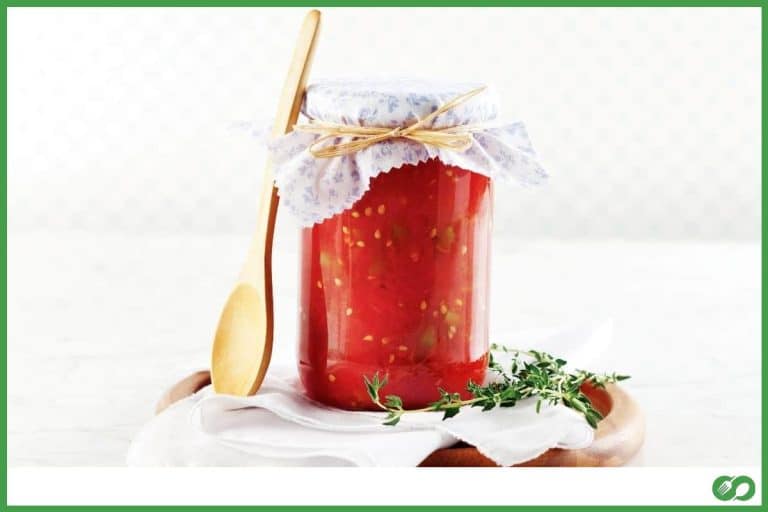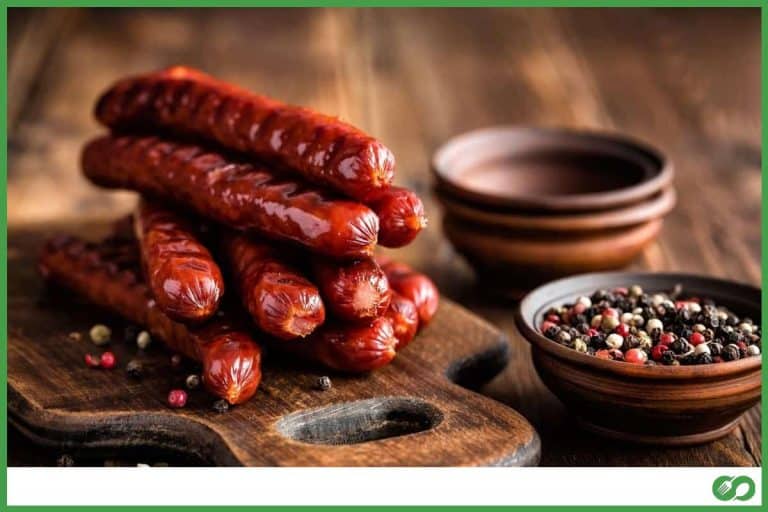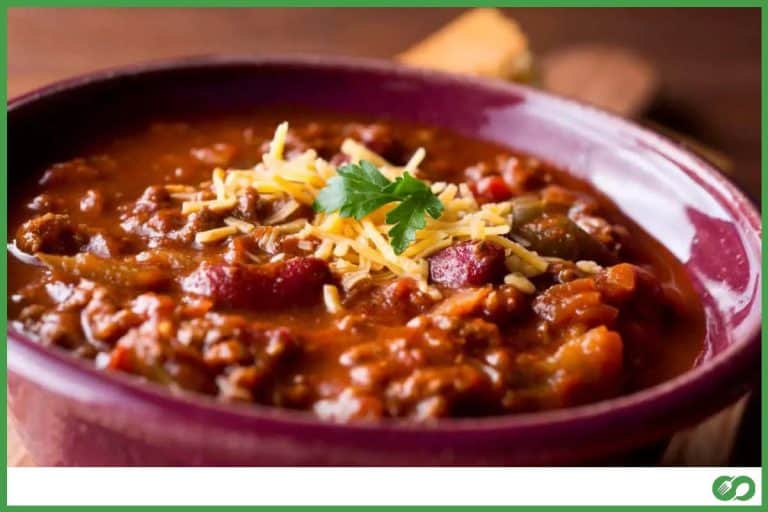Can You Survive by Only Eating Rice?
This post may contain affiliate links which means that, if you choose to make a purchase, I may earn a small commission at no extra cost to you.
Rice has a lot of good qualities, and 78% of the world’s population prefers it as their staple food. Rice also contains a healthy dose of protein, fat, calories, and carbs. However, it’s not enough for a complete meal. Some people stick to an ‘only rice’ diet when they are either trying to lose weight or for other reasons. But after a while, a proper meal is required in order to maintain a healthy physique.
No, you cannot survive by only eating rice. The human body requires a balanced diet that contains a healthy dose of vitamins, minerals, and a bunch of other nutrients. Rice is a good staple food, but it cannot supply all the necessary nutrients required to maintain a healthy body.
Let’s take a deeper dive into the rice diet and uncover the benefits as well as the problems with it.
Everything you need to know about a rice diet
Under proper supervision, a rice diet can work wonders for your body. It’s considered a low-sodium and low-fat diet that was originally developed by Duke University physician Walter Kempner, MD, in 1939. The knowledge was lost until a registered dietician by the name of Kitty Gurkin Rosati republished the physician’s program in her book, “The Rice Diet Solution”.
It’s a great book, and it helped me keep my weight under control during the pandemic. The goal of the diet is to shed the excess water weight and cut down on my sodium intake. But it doesn’t rely only on rice. The diet uses high-fiber foods like grains, vegetables, and grains along with rice to create a well-balanced meal. It usually involves consuming the following items per day:
| Calories | 1,000 |
| Sodium | 500 – 1,000 |
| Fat | 22g |
| Cholesterol | 0 – 100mg |
| Saturated Fat | 5.5g |
Let’s take a look at a rice recipe that’s perfect for an only rice diet. There are a bunch of new dishes you can try, but personally, I think this one is easy to prepare and tastes quite nice. It’s a personal favorite, and here are the ingredients:
1. 4 tablespoons of chopped onions.
2. 1 cup of cooked brown rice.
3. 4 tablespoons of chopped parsley.
4. 1 tablespoon of paprika.
5. 2 tablespoons of minced garlic.
Start by heating the garlic and onions with the rice, and sprinkle on some paprika and parsley. Do so while it’s still warm, and serve it hot. Once prepared, you can serve it throughout the week. I often use an extra serving of garlic because I like the taste, but you can use any ingredient you like.
Let’s take a look at the different kinds of rice and their health benefits.
The difference between white and brown rice
Your body responds differently based on the type of rice you eat. If you’re considering an ‘only rice’ diet, it’s important to learn the difference between white and brown rice. One is healthy for your body, while the other can lead to diabetes, which causes severe health problems down the line. Let’s discuss them in detail:
1. White Rice – Being the most common type of rice in existence, white rice is referred to as “refined grain” because it’s devoid of any germ or bran. It also doesn’t have any micro or macro-nutrients, which means you’re literally depriving your body of important supplements. White rice is also rich in carbohydrates, which lower your appetite if you eat too much of it.
Moreover, according to BMC Public Health, eating only white rice on a daily basis increases the risk of you developing Type-2 diabetes and other heart diseases. I have an overweight cousin who was instructed by his doctor to switch to a low-carb diet because he ate too much rice.
2. Brown Rice – Brown rice is the distant cousin of white rice but is a lot healthier in comparison. It’s similar to whole wheat bread and oats and is good for your body overall. I did a bit of digging online and found out that the glycemic index (GI) of white rice is 64, and that of brown rice is only 55. Foods that contain carbohydrates are rated using the GI system. So when a food is eaten alone, the GI scale demonstrates how quickly it affects the blood sugar level.
Brown rice has a lot of fiber, magnesium, iron, and B vitamins. According to the American Heart Association brown rice helps develop a stronger immune system and lowers the risk of you developing Type-2 diabetes. The Harvard T.H. Chan School of Public Health also states that brown rice prevents minor blood clots and helps lower cholesterol levels.
The takeaway from this section is not only to consume the right type of rice but to do so with a balanced diet. The nutrients in brown rice are only present in trace amounts and cannot substitute for the need for other food sources such as lentils, fish, meat, eggs, fruits, vegetables, etc. So in retrospect, you can survive by only eating rice, but it will negatively affect your overall health.
There is a common misconception that a rice diet means eating only rice and nothing else, but that’s far from the truth. It’s the reason why some individuals even try the “only rice” diet.
F.A.Q.
Is eating rice beneficial or harmful?
There are usually two types of rice, white and brown. Both have their benefits when eaten in moderation. But if you consume it incessantly without a balanced diet, it can cause problems in the long run.
How much nutrient is in brown rice?
According to the US Department of Agriculture Food Data, 100 g of brown rice contains the following nutrients:
| Nutrients | Amount |
| Energy | 123 kcal or 514 kJ |
| Water | 70.3 g |
| Fat or lipid | 0.97 g |
| Protein | 2.74 g |
| Carbohydrate | 25.6 g |
| Ash | 0.44 g |
| Sucrose | 0.24 g |
| Sugars | 0.24 g |
| Fiber | 1.6 g |
| Calcium | 3 mg |
| Iron | 0.56 mg |
| Magnesium | 39 mg |
| Starch | 24.8 g |
| Potassium | 86 mg |
| Phosphorus | 103 mg |
| Sodium | 4 mg |
| Copper | 0.106 mg |
| Zinc | 0.71 mg |
| Manganese | 0.974 mg |
| Thiamin | 0.178 mg |
| Selenium | 5.8 𝛍g |
| Niacin | 2.56 mg |
| Riboflavin | 0.069 mg |
| Pantothenic acid | 0.38 mg |
| Choline | 9.2 g |
| Folate, DFE | 9 𝛍g |
| Folate, food | 9 𝛍g |
| Folate, total | 9 𝛍g |
| Vitamin B6 | 0.123 mg |
How much brown rice should be eaten every day?
People following a specific diet plan usually limit their intake to 1,200 calories per day, which equals two cups of cooked rice or four ounces of grains. Some individuals also consume six ounces of grain to fulfill the standard 2,000-calorie requirement per day.
What’s the best way to prepare brown rice?
Follow these steps to prepare brown rice:
1. Soak 60 g of brown rice in cold water for about 15-20 minutes. It’s usually enough for a single person.
2. Soaking the rice removes all the excess starch and phytic acid and makes it cook faster than unsoaked rice. Rinse the rice after the soak period.
3. Transfer the rice to a heavy-bottom pan. This particular type of pan retains more heat and speeds up the cooking process.
4. Pour four cups of water into the cooking pan and a pinch of salt. Wait till the water is boiling before adding in the rice.
5. Boil the rice for about 20 minutes. Use a lid to cover the pot to fasten the cooking process. Press a grain in between your fingers to check if it’s fully cooked or not.
6. Once the rice is fully cooked, use a strainer to filter out the starch-filled water. Leave the rice in the strainer for 3-4 minutes for it to completely dry out.
7. Let the rice sit for 5-10 minutes before serving.
How to serve/eat brown rice?
You can either eat brown rice as it is or serve it combined with various other recipes. Here are a few ways to eat brown rice:
1. Stir-fried vegetables – Stir-fried vegetables go hand-in-hand with brown rice. You can fry up some beans, carrots, bell peppers, peas, onions, and garlic and add them to the rice. Some people also prefer an egg on top.
2. Health mix – If you’re avoiding fried vegetables, then try a healthy combination of beans, salsa, and boiled vegetables with your brown rice.
3. Non-veg rice delight – Here are the steps to the recipe:
Hollow out 4-5 bell peppers. Now add some precooked brown rice, diced carrots, onion, celery, and ground beef into a separate container. Season it with black pepper, salt, and chili flakes, and mix everything thoroughly.
Stuff the mixture into the hollowed-out bell peppers. Place them in a metal pot and fill it to the brim with water; simmer everything for about 30 minutes. Take out the bell peppers and place them on a tall tray. Pour a bit of the boiling water into the tray.
Preheat an oven and cook everything at 338°F for 90 minutes or until the bell peppers turn dark brown. Remember to turn them over halfway through. Your stuffed brown rice and beef are ready to be served.
Which countries consume the most rice?
China consumes the most rice among all countries in the world. In the year 2021-2022 alone, the country consumed 154.9 million metric tons of rice. India ranks second with an annual rice consumption of 103.5 million metric tons.
Conclusion
Rice used to be the staple food in most developing countries. However, its popularity is growing as developed countries recognize rice’s gastronomic potential. However, it’s impossible to live on rice alone, as the human body needs other nutrients such as amino acids, protein, and vitamins to survive. Hopefully, you found this article useful. Stay tuned for more food articles in the future.

